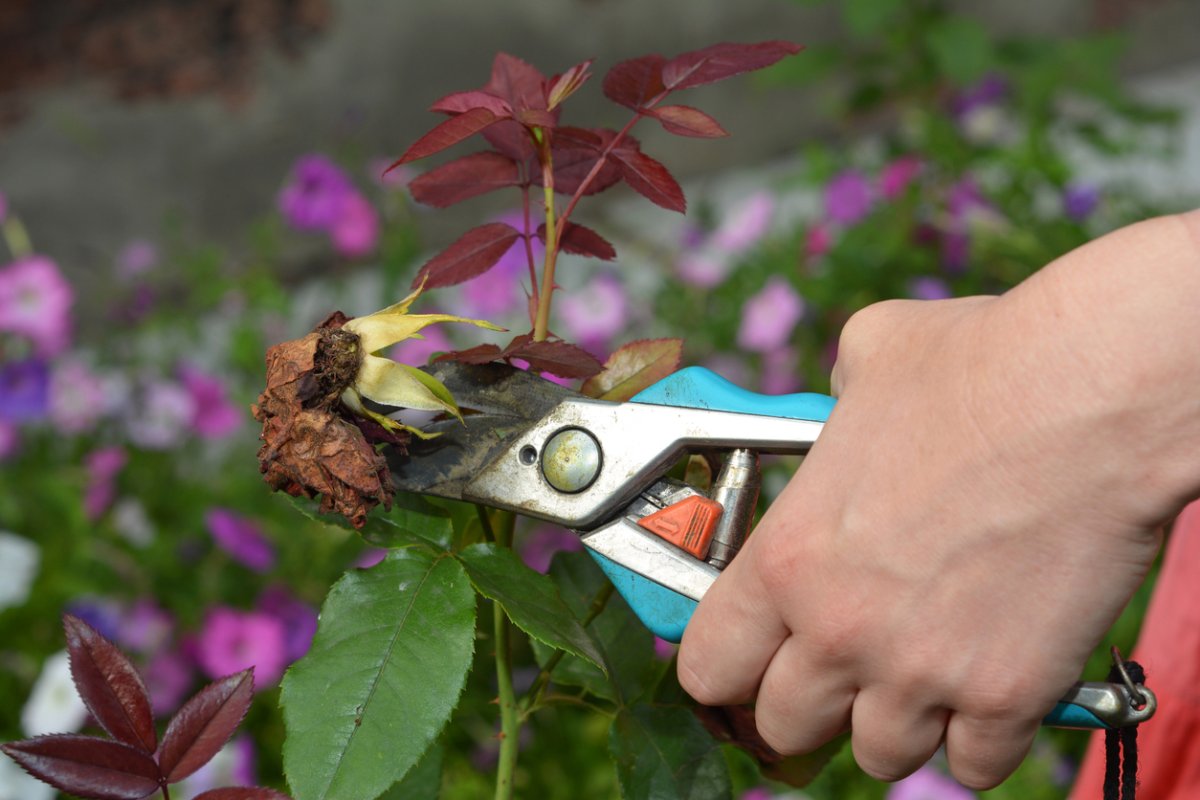

We may earn revenue from the products available on this page and participate in affiliate programs. Learn More ›
If you take the time to plant and cultivate flowers, you want them to thrive as best they can. Deadheading doesn’t cost a dime or require any special equipment, and it can yield a long season of fabulous, colorful flowers.
What is deadheading?
“Deadheading” is the term for removing spent or faded flowers from plants. Typically, once a plant has finished flowering, it suspends the flowering process to form seeds. When you deadhead, the energy, strength, and nutrients that would have gone into producing new seeds generates more flowers instead. This means you can get a second show, or maybe several more, over the course of the growing season.
RELATED: 19 “Zero Dollar” Garden Hacks
DO use clean tools.
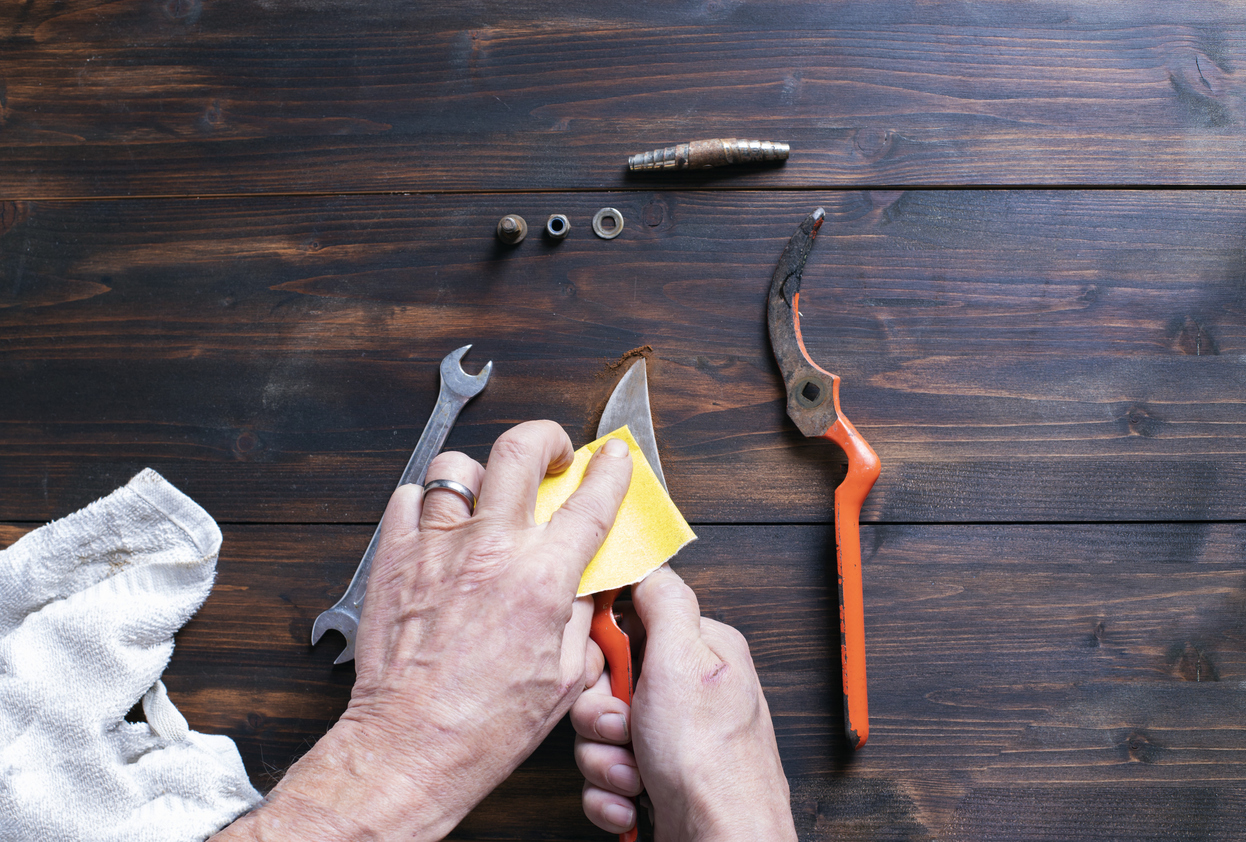
Garden shears are a great deadheading tool, especially for plants with thorns, but make sure to clean the shears (or your hands, if you’re using them instead) with a disinfectant before deadheading. Otherwise, bacteria, fungi, and viruses can make their way onto the plant and potentially create and spread diseases.
RELATED: The Best Pruning Shears, According to Testing
DON’T deadhead without researching your specific plants first.

Not all plants need to be deadheaded and in fact, the process could be detrimental to some. Repeat bloomers like cosmos and geraniums will continue to flower all summer if deadheaded regularly, but others, particularly perennials like hollyhock and foxglove, must reseed to bloom the following year.
DO pinch in the right place.
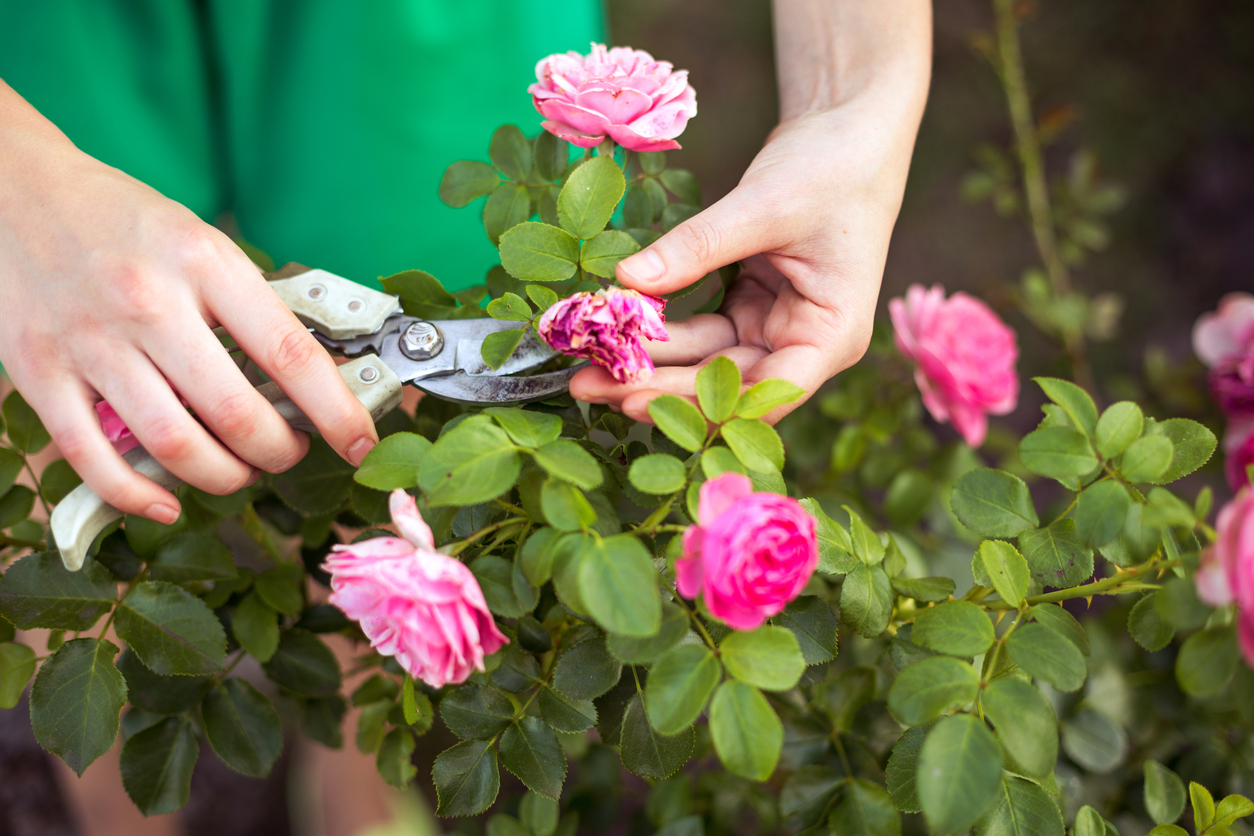
When deadheading, remove the flower stem right below the spent flower and above the next set of healthy leaves. Do it as soon as a flower’s appearance begins to fade. You can use garden shears, or simply pinch off the dead flower with your fingers—just make sure to remove any seed pods that may have started to form behind the flower. These may be hard to detect nestled among foliage; they look different from flower to flower, but they typically start out as a capsule the same color as the stem that splits apart to reveal seeds.
RELATED: 12 Gardening Mistakes That Are Killing Your Plants
DON’T feel compelled to save the stem.

Depending on your aesthetic preferences in the garden, you may not like the look of a long stem sticking out sans a pretty flower attached. If so, feel free to cut the stem off all the way at the bottom. The stem will need to grow back before you’ll see another bloom, but it should flower again.
DO inspect flowers regularly.
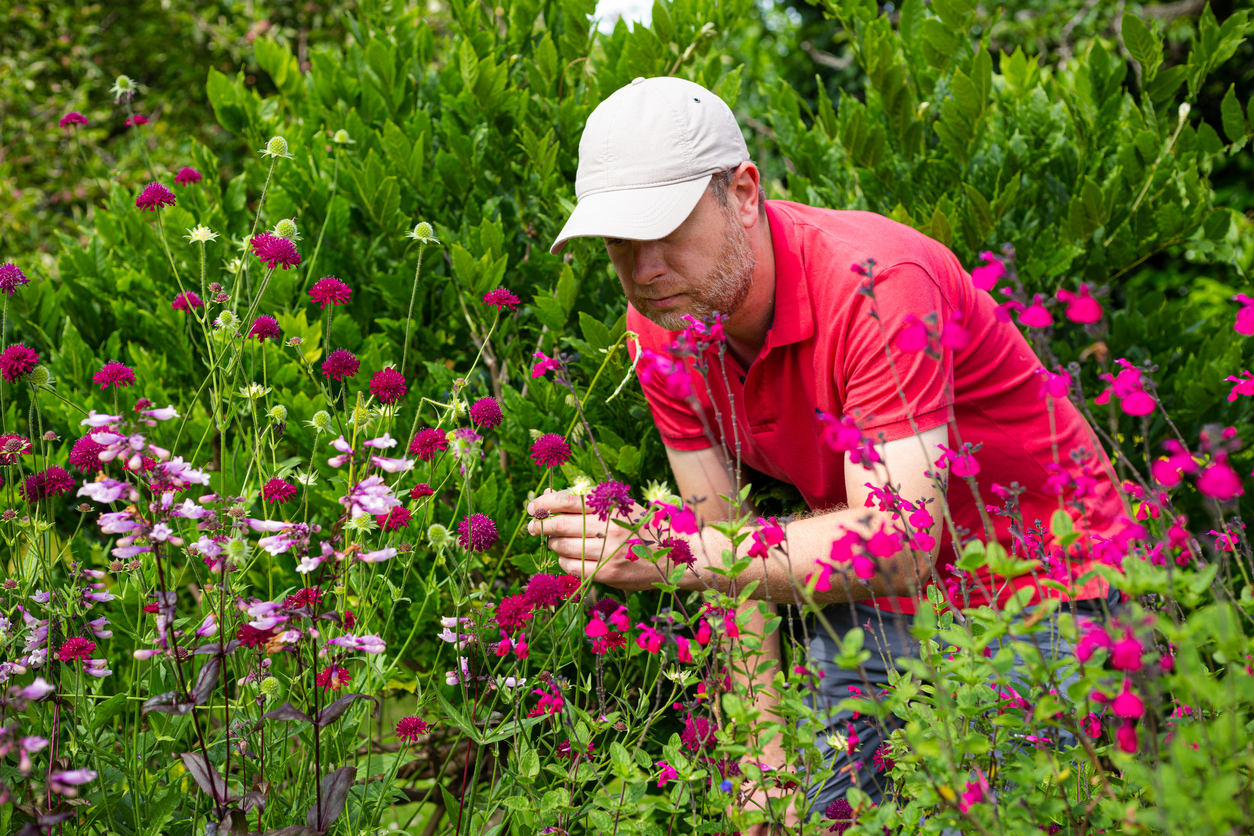
Depending on how long a plant blooms, which can be days or weeks, depending on the plant and other factors, you may need to deadhead frequently. Get in the habit of checking your flowers each time you’re in the garden. Some flowers, like roses, marigolds, zinnias, and geraniums, could bloom all summer with regular deadheading.
RELATED: 3 Reasons You Should Always Plant Marigolds in Your Garden
DON’T deadhead if plants produce pretty seed pods.
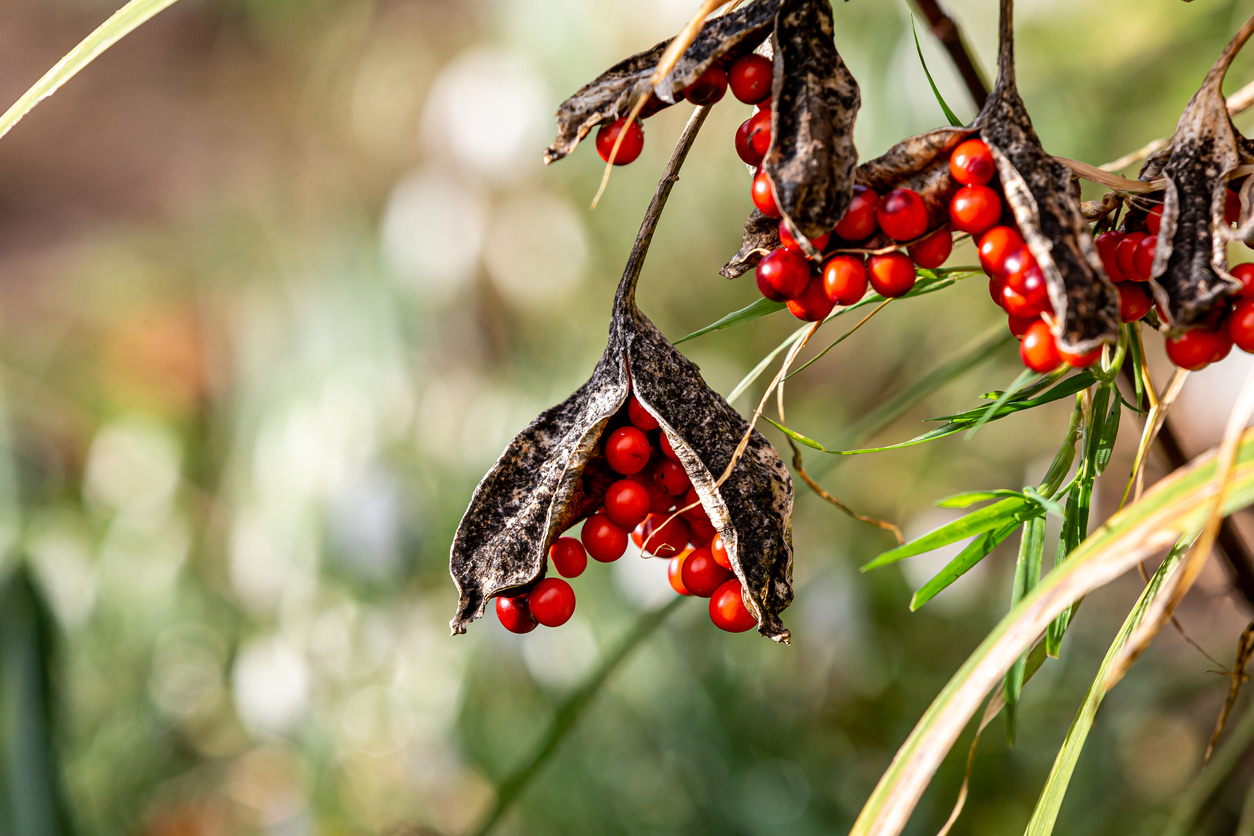
Some plants, like Gladwin iris, produce seed pods in the fall that are as attractive as their flowers. If that’s the case with any of the plants in your garden and you like the look, feel free to forgo deadheading.
DO be aware of “volunteers.”
Sometimes when deadheading flowers, seeds can scatter and settle in the ground. The next season, you may be surprised to find new offspring growing from those seeds that you didn’t purposely plant. Many gardeners find these “volunteers” to be a fun surprise, but if you’re not up for newcomers, make sure to collect and dispose of all the seedpods you find as you work.
RELATED: 11 Surprising Places to Get Free Gardening Supplies and Save Money
DON’T deadhead all at once.
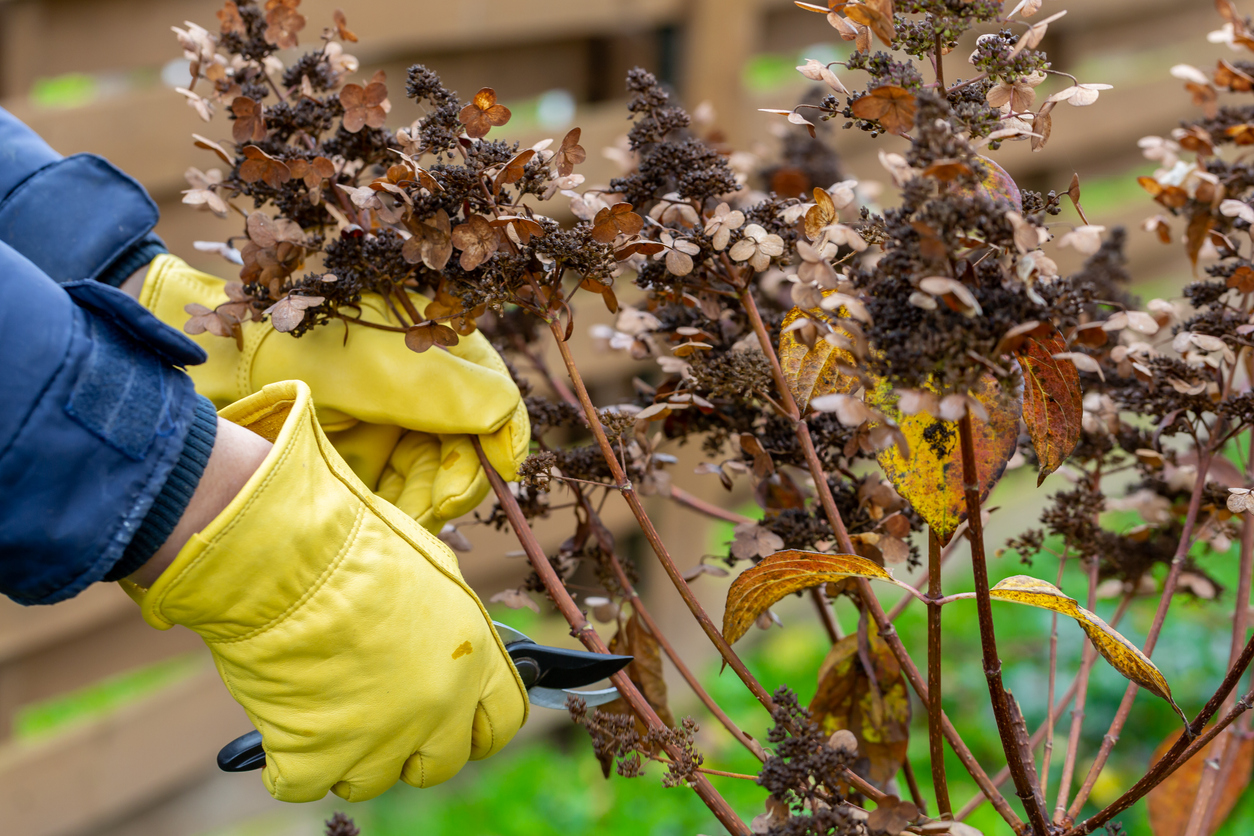
Deadheading lots and lots of flowers at once can potentially stress and dehydrate your plant as it works to close off the cuts; not to mention, it’s time consuming. Instead, plan to deadhead your flowers early and often, starting after the first blooms begin to fade in early spring, then continue to spend a few minutes deadheading every week or so until the weather starts to cool down.
DO stop deadheading in the fall.
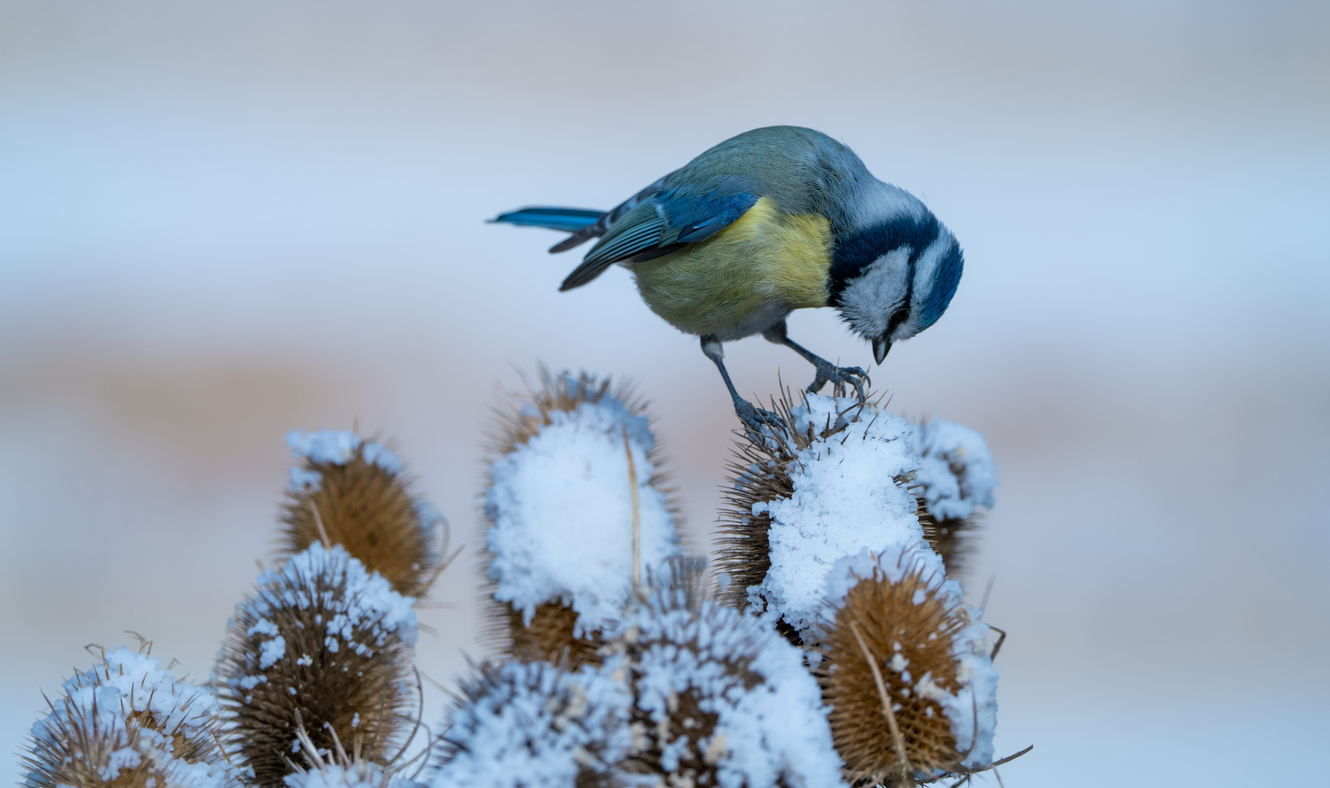
Deadheading can be undertaken any time during the growing season, but it’s best to stop once the weather turns chilly. Birds and other wildlife will eat from flowers’ seed pods during the cold months, and for some, these seeds are a crucial food source.
RELATED: 40 Tasks Homeowners Should Finish Before the First Frost
DO deadhead after a heavy rain.
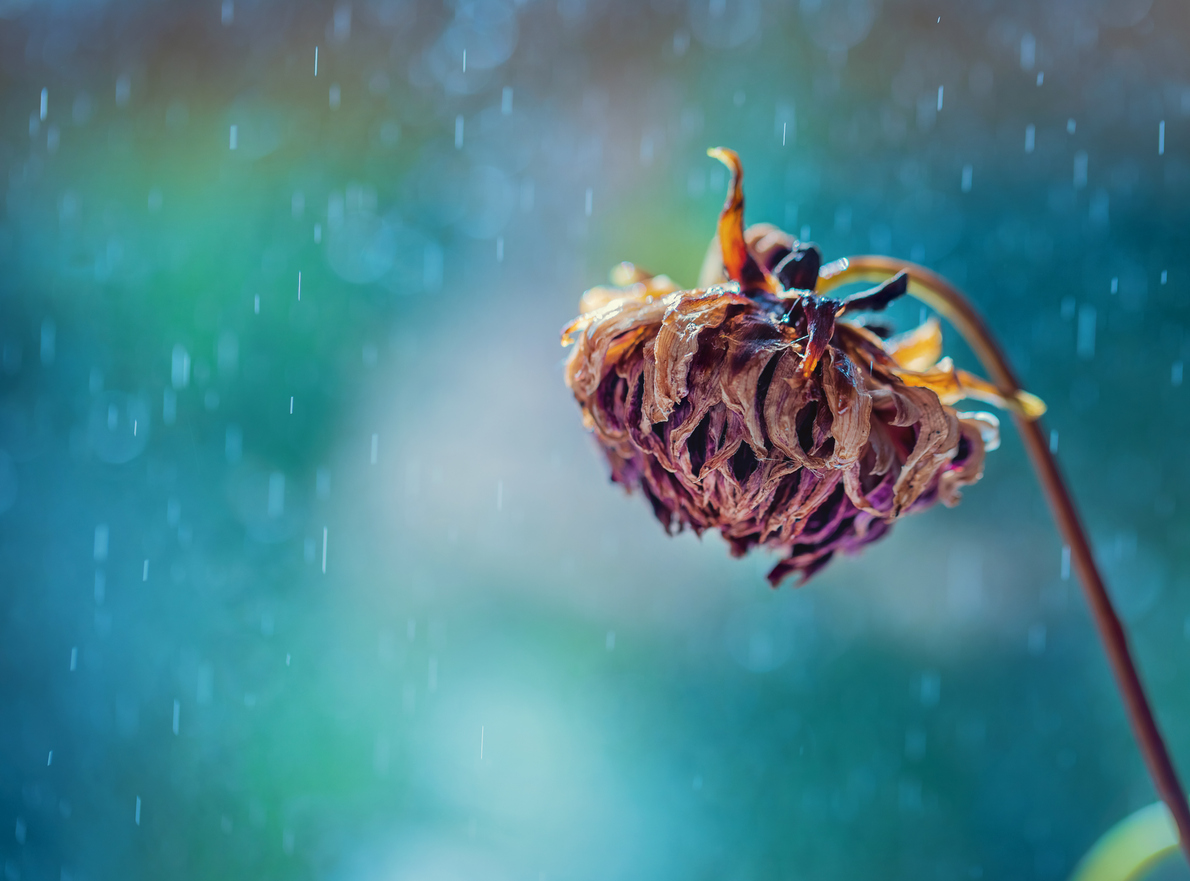
Heavy rain can weigh flowers down and destroy their perfect pre-rain appearance. These flowers aren’t likely to bounce back after the rain, so you can deadhead the ones that don’t look so great to speed up the process of growing new gorgeous blooms. Plus, plants lose moisture when they’re cut, so the extra rain can help to keep your plant happy and hydrated while deadheading.
DON’T deadhead stressed plants.
It’s not a good idea to deadhead plants that are already stressed due to things like extreme temperatures, nutrient deficiencies, or pest problems as it can further stress the plant and inhibit its growth. Instead, wait for the plant to fully recover and only focus on the plants that are in good condition.
DO recycle deadheaded flowers.
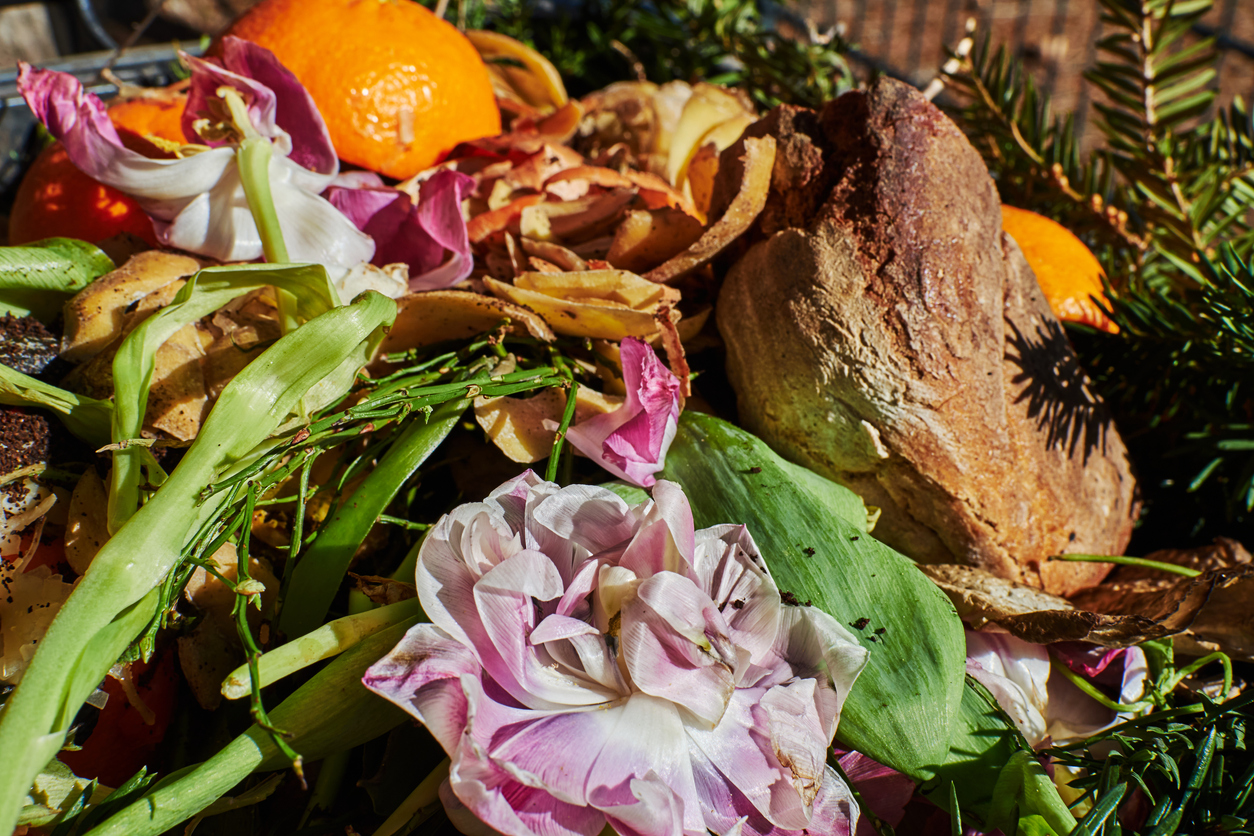
Deadheaded flowers are compostable, so consider throwing them into your compost bin when you’re done. This will promote decomposition and turn your flowers into nutrient-rich organic matter that you can use to enrich your garden’s soil. If you’re crafty, you can also use your deadheaded flowers in art projects or to make potpourri.
RELATED: 11 Fragrant Plants for Creating the Ultimate Aromatherapy Garden
DON’T feel obligated to deadhead.
If you get super busy over the summer or go out of town for a few weeks’ vacation, don’t stress out if you don’t have time to prune the dead flowers from your garden. The practice doesn’t make your plant healthier; it just produces more blooms.
